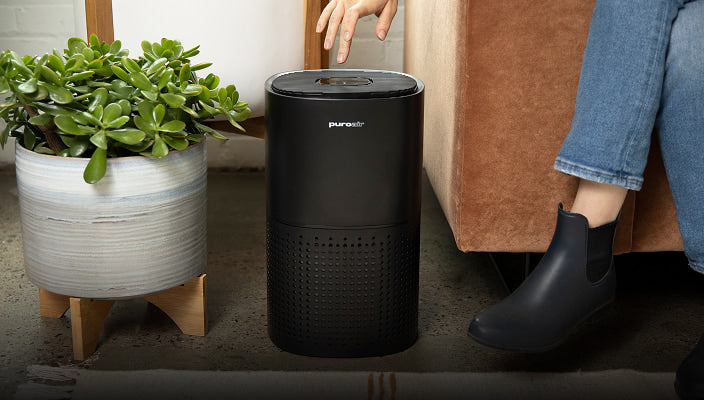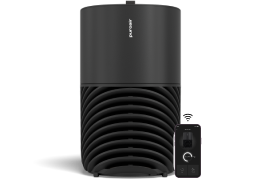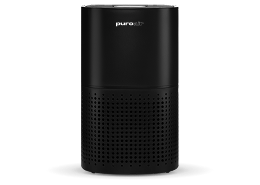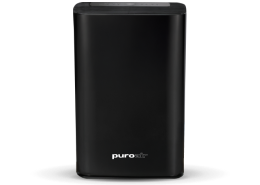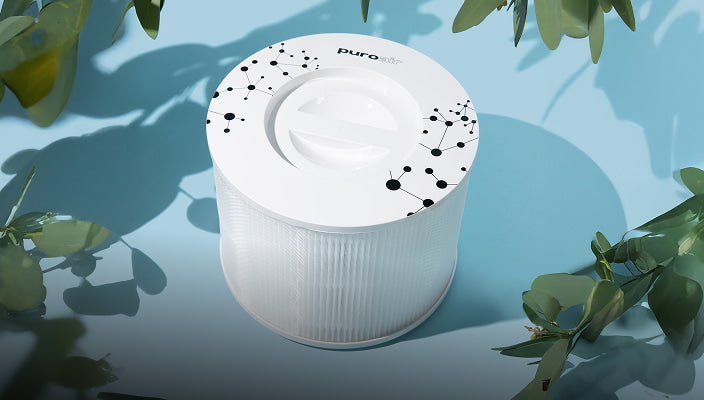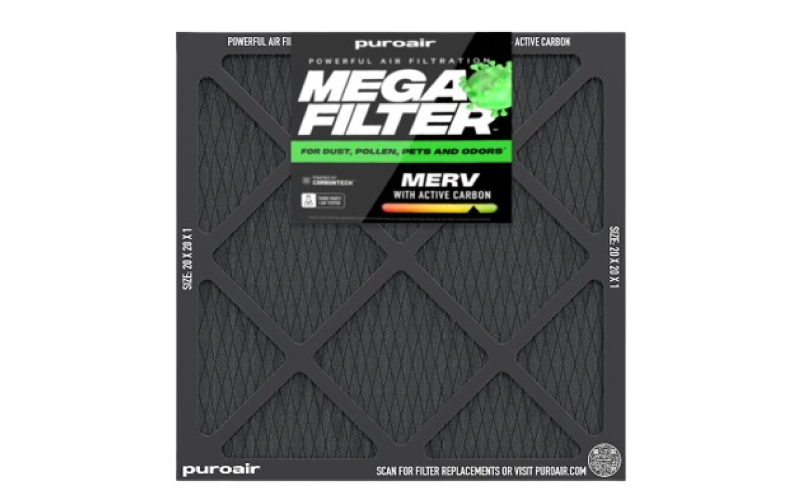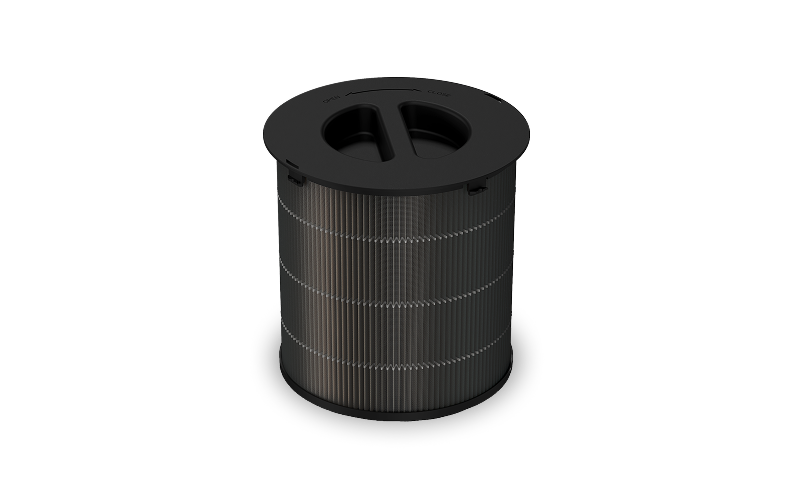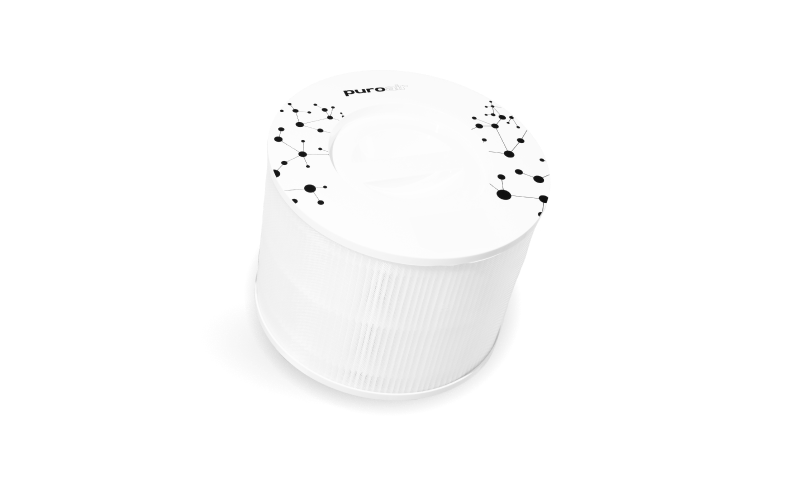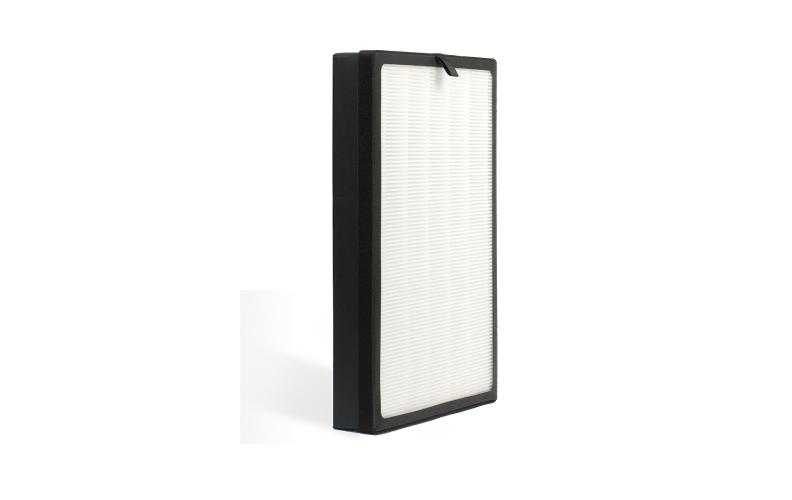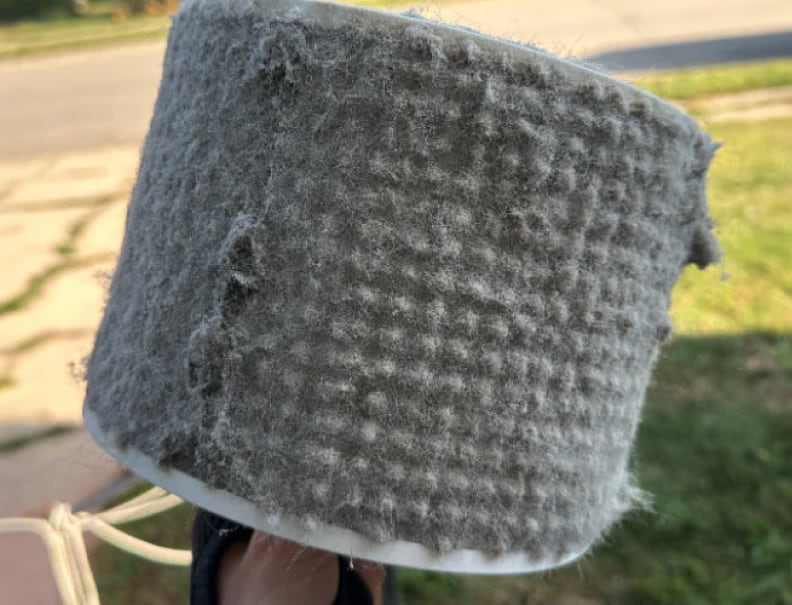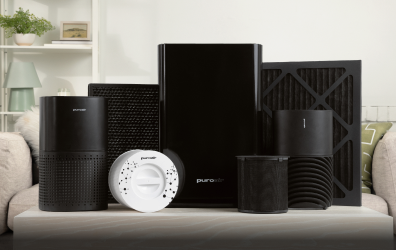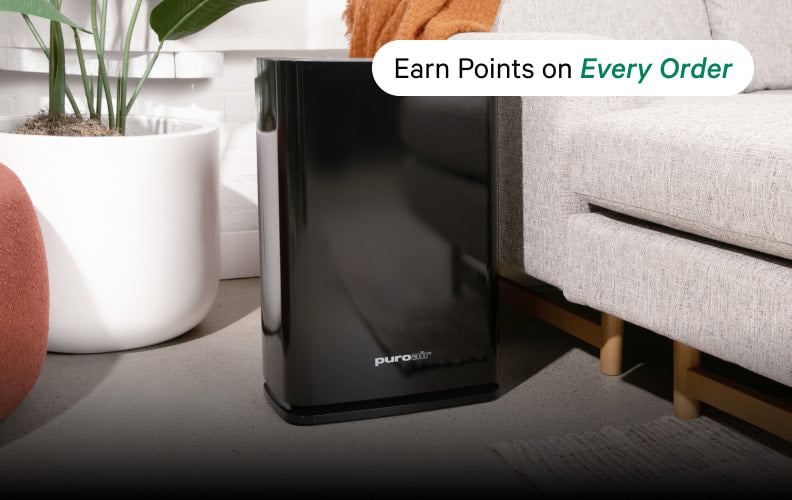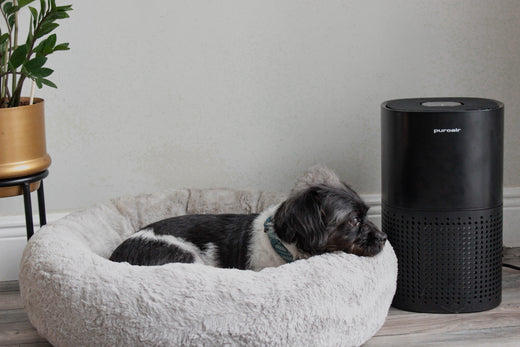Pet ownership is one of life’s greatest joys. Whether it's the happy wagging of tails or the soothing purr of a cat, pets bring unconditional love into our lives. But for some, the love comes with a catch — sneezing fits, itchy eyes, or constant congestion. If you've been brushing off these symptoms, they might just be signs of pet allergies.
The good news? An air purifier could be a game-changer, reducing pet allergens* and improving the air quality in your home. But how do you know if it's time to invest in one? Look out for these four clear signs that an air purifier is no longer an optional luxury but a necessity in your home.
1. You’re Dealing with Persistent Allergy Symptoms
Do you find yourself sneezing, coughing, or dealing with a runny nose even when your pet is lounging on the other side of the room? Persistent allergy symptoms such as watery eyes, nasal congestion, or frequent throat irritation can indicate that pet dander and hair are circulating in your air.
Pet dander — microscopic flecks of skin shed by dogs, cats, and other animals — is one of the most common triggers of pet allergies. It can float in the air for hours and settle in places like furniture, carpets, or even clothing. Unfortunately, vacuuming or dusting alone may not be enough to clean these microscopic particles.
A Puroair Purifier will trap up to 99.9% of particles and allergens*, including pet dander. This means you're less likely to wake up congested after a night spent cuddling your furry friend.
2. You Notice Your Home Smells Like “Pet”
We all adore our pets, but let's be honest — they can come with an odor. Whether it’s the occasional wet dog smell after a rainy walk or the faint musk of your cat's litter box, lingering pet odors can be difficult to control.
These smells are often caused by microscopic particles, such as pet fur, dander, or bacteria, floating in the air. Air fresheners or scented candles may mask these odors temporarily, but they don’t address the root cause.
Air purifiers with an activated carbon layer, like the ones found in Puroair's filters, are highly effective at neutralizing pet odors. They don't just mask the odor; they absorb the particles that cause it. This way, your home smells fresh and clean no matter how many walks your dog rolls in mud puddles.
3. Your Pet Sheds. A Lot.
If you find yourself constantly fighting against clouds of pet fur, take it as a cue that your home’s air quality might not be in the best shape. Although pet hair isn’t typically an allergen*, it carries dander, dirt, and pollen that can irritate the body.
Beyond triggering allergic reactions, excess pet hair can clog air vents and HVAC systems, spreading allergens* throughout your home. If your vacuum isn’t keeping up with your shedding pet, an air purifier can help.
Look for an air purifier with a HEPA filter. Puroair's HEPA filters contain a pre-filter layer — these catch larger particles like pet hairs before they reach the main filter. Not only does this improve your air quality, but it also protects the purifier’s more sensitive internal filters.
4. Your Allergies Flare Up in Certain Areas of the House
Do you notice your symptoms worsen in certain rooms? Maybe you can’t step into the living room without sneezing, yet you’re perfectly fine in your bedroom. This could mean allergens* like pet dander are more concentrated in specific areas of your home.
Heavy-use areas like couches, rugs, or beds — anywhere your pet loves to lounge — can become hotspots for allergens*. An air purifier can act as a targeted solution by continuously filtering the air in problem areas.
For homes with multiple pets or open-concept layouts, consider choosing a purifier with higher coverage capacity like the Puroair 400. A larger unit can process the volume of air needed to keep your entire home allergen*-free.
Breathe Easy and Love Your Pets Without Limits
Living with pets doesn’t mean you have to live with constant sneezing, stuffy noses, or heavy pet odors. Recognizing the signs of pet allergies and acting proactively with tools like an air purifier can transform your home into a more comfortable space for both you and your furry friends.
Now that you know how to identify if you need an air purifier, why not explore some top-rated models? Check out the PuroAir 130i and Puroair 240 for smaller homes and spaces or the Puroair 400 for larger homes and open floor plans.
Your health and happiness are worth it, and your pet will thank you for making their environment more enjoyable, too. 🐾
Bonus tip: Upgrade your home HVAC filter to a MERV 13 Mega Air Filter to experience the total clean air system. Similar to your PuroAir air purifier, the Mega HVAC filter has an activated carbon layer that creates an effective barrier against smoke, cooking odors, pet smells, and other household or environmental pollutants.
*Tested to remove Fel d 1 and pollen in an ISO 17025 certified lab.

